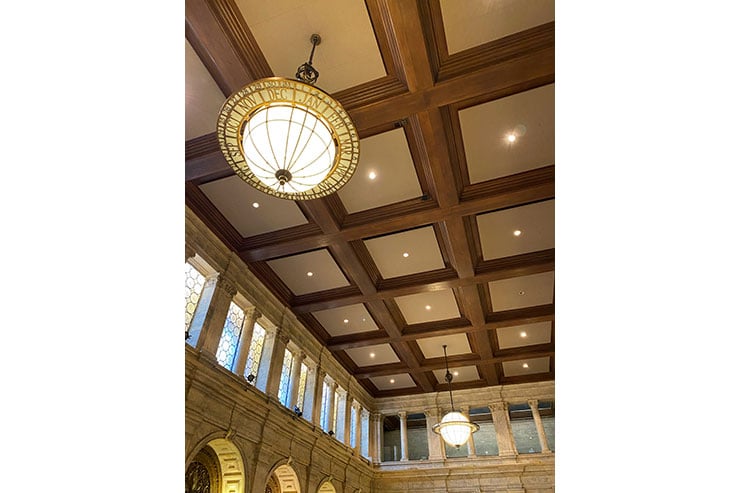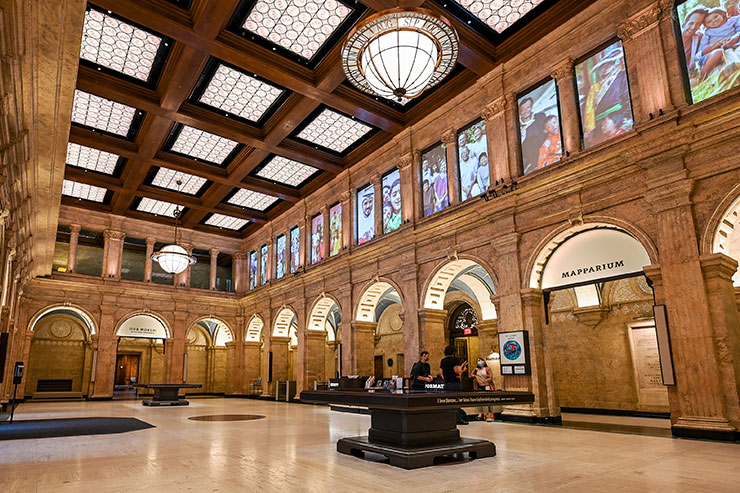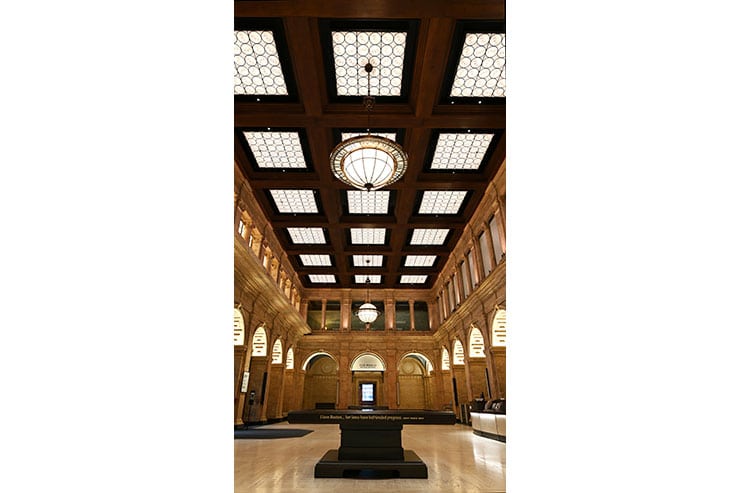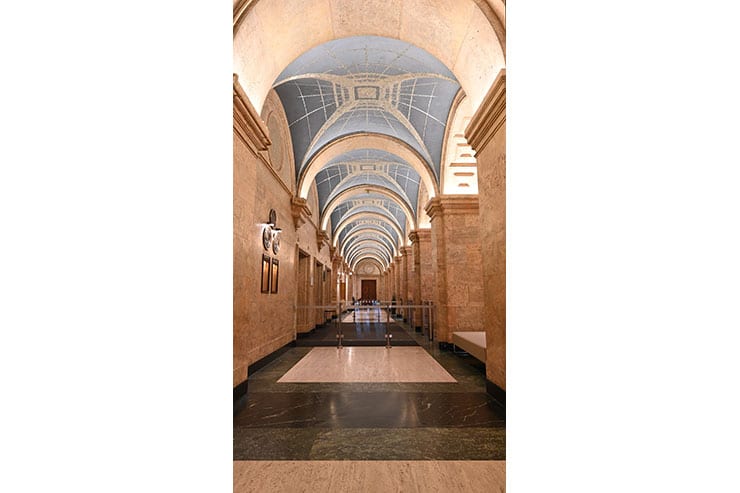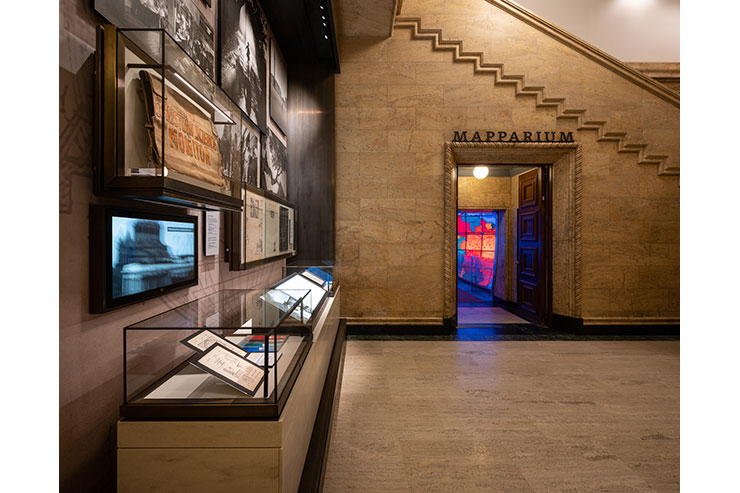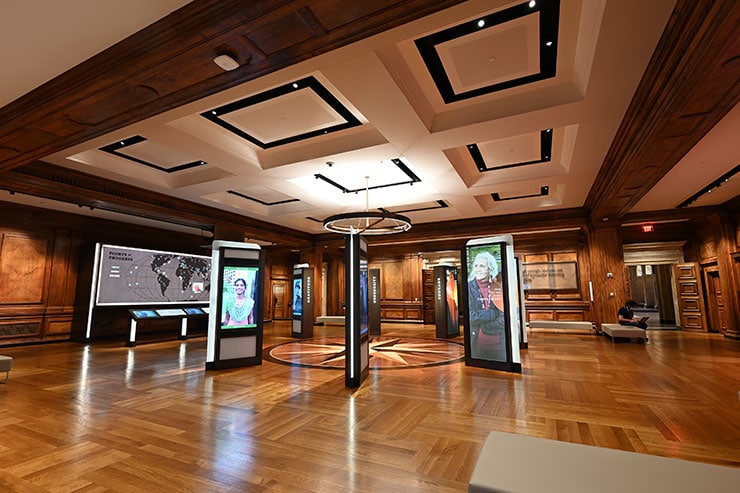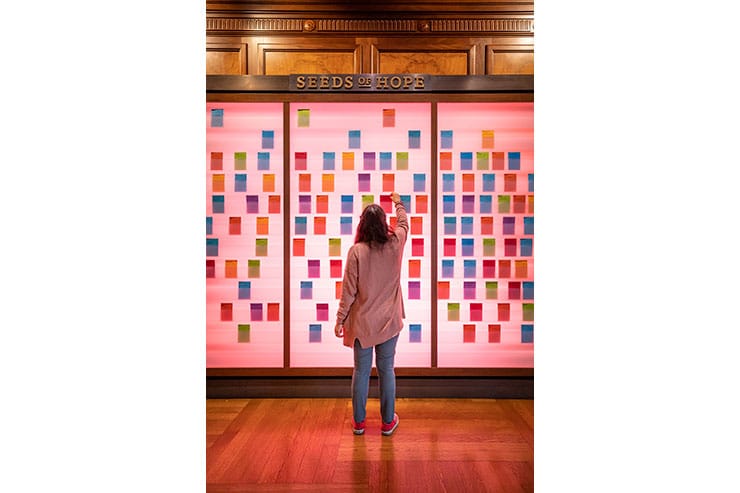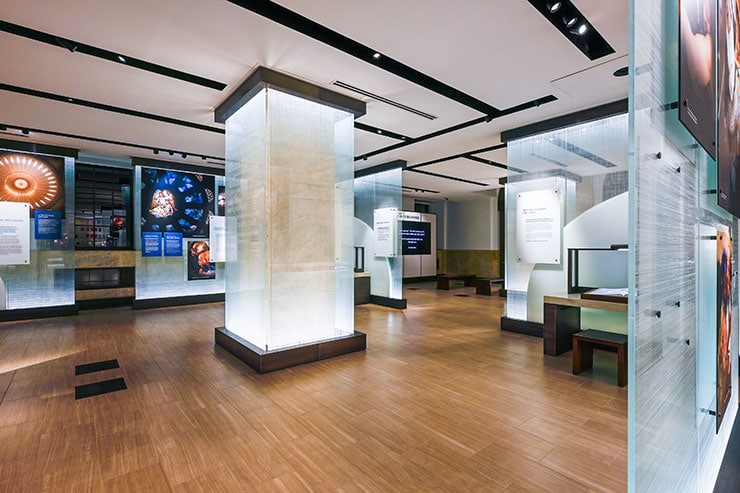- ABOUT
- JUDGING
- CONTACT
- MORE
- 2024 Entries
- Installations 2024
- Past Winners
- Subscribe
- [d]arc directory
- arc magazine
- darc magazine
The First Church of Christ, Scientist - Publishing House, USA
ProjectHow Do You See the World? The First Church of Christ, Scientist - Publishing HouseLocationBoston, USALighting DesignAvailable Light, USAArchitectSGA, USAAdditional DesignLuci Creative - Exhibit Design; Winikur Productions - A/V and Media Producer; Ravenswood Studio - FabricatorClientLuci CreativeLighting SuppliersLighting Services, TLS, Ecosense, Traxon, Rambusch Lighting, Color Kinetics, Evo-Lite, Lumenwerx, Vode, Zaniboni Lighting, KKDCPhotographyDavid Whitemyer, Luci Creative, Available Light
“How Do You See the World?” This question is not just the name of the new exhibit forming the centrepiece of the renovation/re-envisioning of this Church’s old publishing house, it also inspired the conversation between the church and design team, ultimately leading to the use of luminous surfaces elevating visitors’ deeper understanding of the question.
Church leaders identified several challenges for the 1934 neoclassical style building for the design team to address. Early design discussions focused on issues of mitigating daylight to better present exhibit content, no matter the daylight conditions. One solution applied was to create internally backlit luminous surfaces for many of the graphic panels.
For other elements that could not be backlit (including most of the existing architecture) a layer of focusable accent lighting housed within discrete ceiling slots was designed to provide the tools necessary to achieve team aims.
In the Welcome Hall, to balance the brightness of the south-facing windows, existing opaque ceiling coffers were replaced with printed backlit fabric panels matching the leaded glass window pattern in the space. An RGBW LED backlighting system allows for dramatic transformations of the space both at night and for special events. The slot surrounding each glowing panel contains a DMX control track system allowing each accent light to be a programmable paintbrush accommodating multiple scenes including presenter lighting at multiple stage locations at the push of a virtual button.
Additional accent lighting was added for the columns and pilasters forming the 2nd level arcade. Other existing lighting including ground level archway uplights and weather station monitors were updated with LED sources with appropriate optics. New decorative fixtures were carefully selected to seamlessly fit the environment. Efforts were made throughout to minimise accent luminaire visibility.
The original decorative pendants were sensitively restored, internal lighting for the dynamic date and time readout dials were updated with an LED node/DMX control system. Mockups were critical to develop the right details to achieve the desired effect within the existing limitations of fixtures and wireways.
In one adjacent gallery, visitors are invited to explore exhibit themes and add their voices to the conversation with handwritten notes on a backlit wall illuminated by a programmable low-resolution LED array. Major graphic elements in the space are also rear illuminated, while a custom uplight pendant in the centre of the space, along with discreet focusable accent lighting tucked into ceiling slots, makes the warm wood surroundings attractive and vibrant.
Another gallery focuses on the Church’s founder; remaining sympathetic to the design goal of employing luminous surfaces, 11’ tall edge-lit glass panels reveal graphic elements in an uplifting, clean, contemporary presentation. Accent lighting is once again contained within a recessed ceiling slot system. Customized luminaires with articulating yokes allow the heads to achieve the required aiming angles while mostly contained within the dramatic slots.
The Church was extremely pleased with the new spaces and experiences and declared that the team had met all their hopes and goals (including budget and power consumption limitations) for the project.
